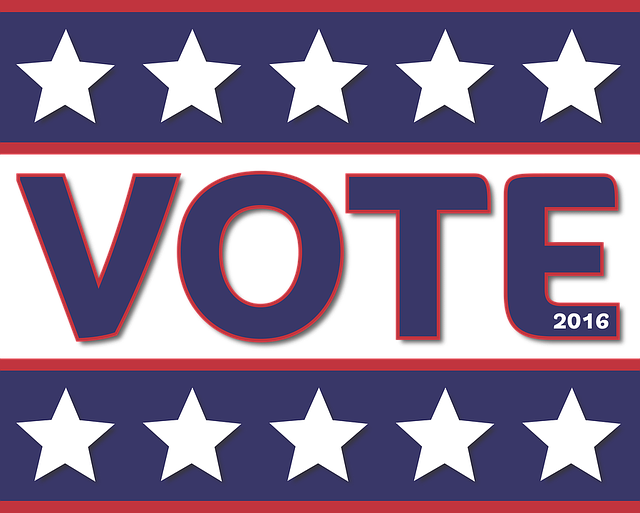Ahead of US Election. What History Tells about the Last Quarter in the Election Year

October is over and the next two months will mark the conclusion of this election year but, above all, the end of one of the nastiest presidential campaigns in the U.S. history. A glance at the statistics reveals that the election year is usually favorable to Wall Street, even if not an easy journey most of the times. 2016 has not been an exception: it started with a fall, a double-digit loss until February, then a rally towards the all times high reached in August followed by a long distribution, still dominating at the end of October. What can we expect now?
Figure 1 – November and December were the average best performing months, together with April, in the last 63 years – Source Tomaselli-Vivanti Analysis
Figure 2 – The last two months of the year contain the highest probability to be profitable, according to the monthly returns since 1952. Source Tomaselli-Vivanti Analysis.
As Figures 1 and 2 show, the historical average performances of the last 63 years , including those without an election, are the highest in November and December, together with April. These months also contain the highest probability to be profitable.
The following chart, Figure 3, reproduces the average pattern of the S&P500 in the election years since 1952 (blue line). The line in orange represents the average of the election years that had started with a fall in January, as also happened in 2016. The green line is the course of 2016 so far. First we note that when the year of the presidential election begins with a fall its performance tends to be less bullish than average. In particular, a sharp recovery occurs between spring and summer, then a correction and, finally, a bottoming process with a cyclical low in the middle of the last quarter. It is more or less what happened this year: a major bottom in February, followed by a rally that reached new highs, a wearing distribution that is still in place, but not showing the long awaited bottoming process yet. Will this occur in November as the historical statistics tell?
Figure 3 – The average course of the S&P in the election years, with a detail of those that had started with a fall like 2016 (orange line). In green, 2016 until October. Source Tomaselli-Vivanti Analysis.
What about the last quarter? A detail of the final part of the year is shown by the chart in Figure 4. The blue line represents an average of the last three months for all the years since 1950; the red line refers to the election years only. In the last October, the S&P500 followed the recurrent pattern, concluding the month near the lows. If history can be predictive we could expect an uptrend throughout the next two months but we also note that in the years of the presidential election the rally is often delayed and a cyclical bottom occurs a bit later. Since the elections are held in the first week of the month, the early reaction is not immediately welcome. The basis for a profitable December is often built in the second half of November.
Figure 4 – the average pattern of the S&P500 in the fourth quarter and the in the election year, since 1950. Source Tomaselli-Vivanti Analysis.
Alberto VIVANTI
SAMT Vice President – Graubünden and Liechtenstein Chapter– alberto.vivanti@samt-org.ch
Disclaimer: the above article is for general information and educational purposes only. It is not intended to be investment advice. Seek a duly licensed professional for investment advice.

